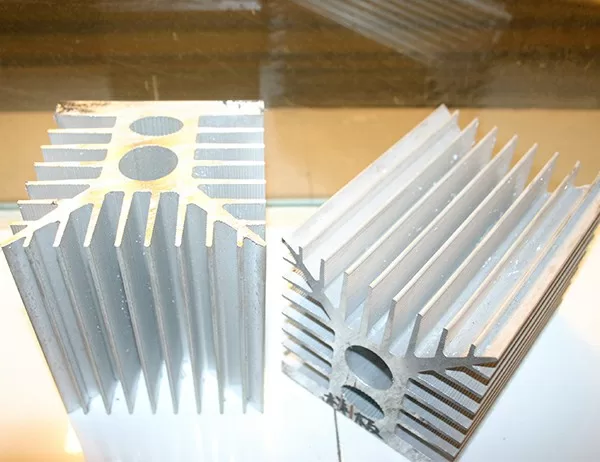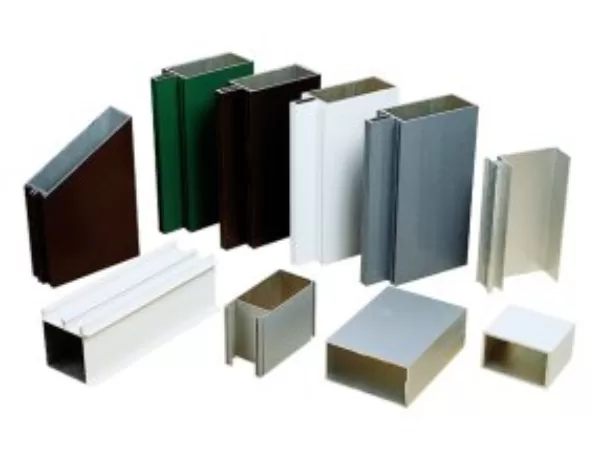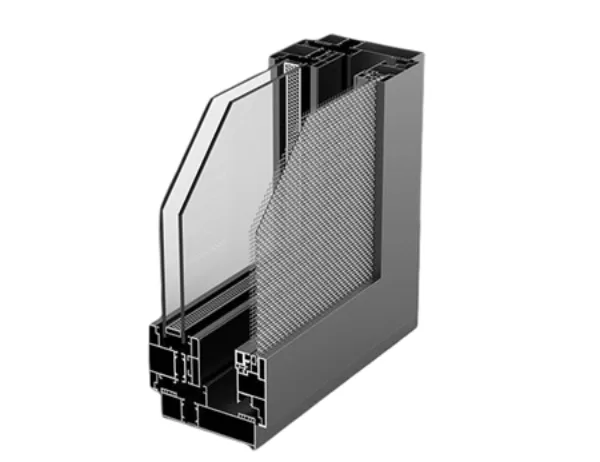Decoilers are essential equipment for handling sheet metal in a variety of industries, including automotive, construction, and manufacturing. Proper operation of a decoiler is crucial for ensuring the safety, efficiency, and longevity of the equipment and the quality of the finished product. This article presents best practices for operating a sheet metal decoiler to help operators optimize performance, minimize downtime, and reduce the risk of accidents.
Maintenance and Inspection
Regular Cleaning: Regularly remove dust, chips, and oil from the decoiler to prevent build-up and ensure smooth operation.
Inspection: Conduct frequent inspections to check for wear, damage, or loose bolts. Pay particular attention to critical components such as the arbors, shafts, and bearings.
Lubrication: Follow the manufacturer’s recommendations for lubricating the decoiler to reduce friction and wear. Use proper lubricants designed for metal-to-metal contact.
Coil Handling and Loading
Coil Selection: Choose the correct coil size and weight for the decoiler’s capacity. Avoid overloading the decoiler, as this can strain the equipment and lead to premature failure.
Proper Mounting: Secure the coil onto the arbor with the proper mounting bolts and torque them to the manufacturer’s specifications. Ensure that the coil is centered on the arbor to prevent wobbling.
Unwinding: Unwind the coil slowly and steadily to prevent the coil from tangling or damaging the feed tables. Tension the coil using the decoiler’s adjustable braking system to prevent it from overrunning.
Decoiling and Feeding
Decoil Speed: Adjust the decoiling speed to match the requirements of the downstream process. Excessive speed can cause feeding problems, while slow speed can reduce productivity.
Feed Rollers: Keep the feed rollers clean and aligned to ensure accurate feeding of the sheet metal. Regular maintenance is necessary to prevent the rollers from becoming worn or damaged.
Loop Control: Adjust the loop control system to maintain a constant loop of metal between the decoiler and the downstream equipment. This prevents excessive tension or slack in the sheet metal.
Safety Measures
Training: Ensure that all operators are properly trained on the safe operation of the decoiler. This includes understanding the equipment’s functions, potential hazards, and emergency procedures.
Personal Protective Equipment: Always wear appropriate personal protective equipment (PPE) when operating the decoiler, including gloves, safety glasses, and hearing protection.
Lockout/Tagout: Follow proper lockout/tagout procedures when performing maintenance or repair work on the decoiler to prevent accidental energization or movement.
Emergency Stop: Make sure the decoiler is equipped with an emergency stop button that is easily accessible in case of a malfunction or accident.




